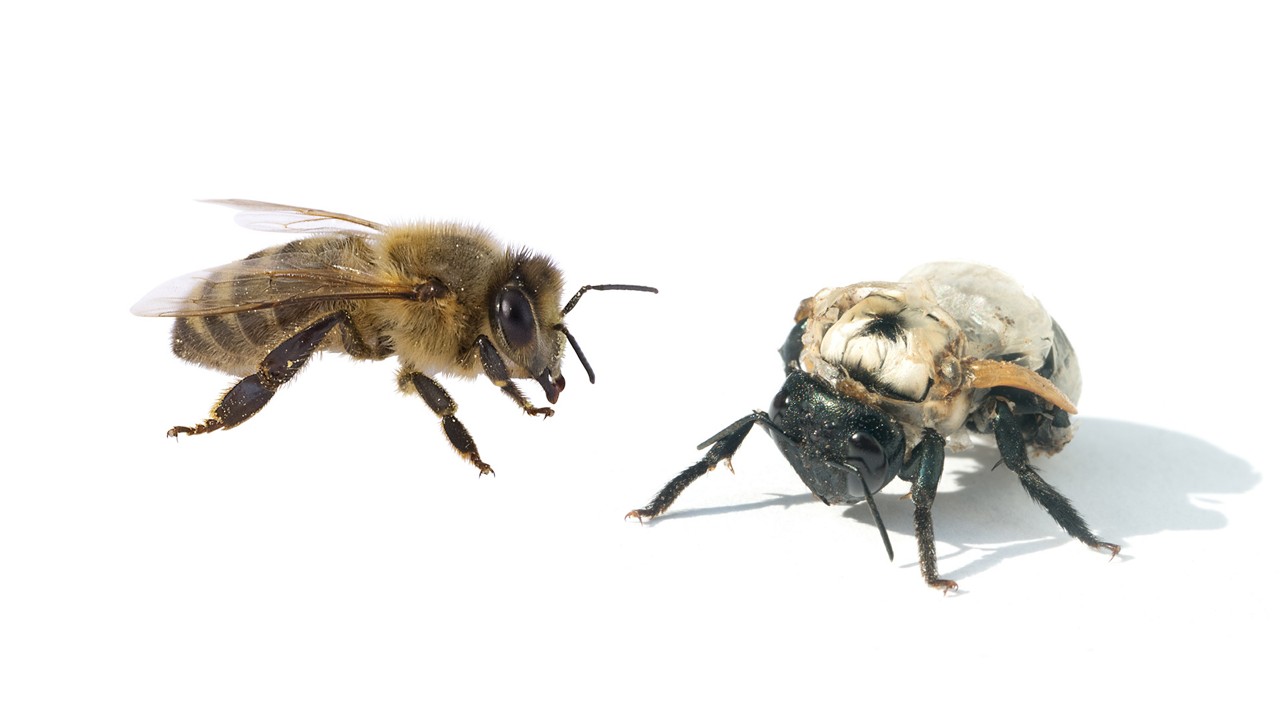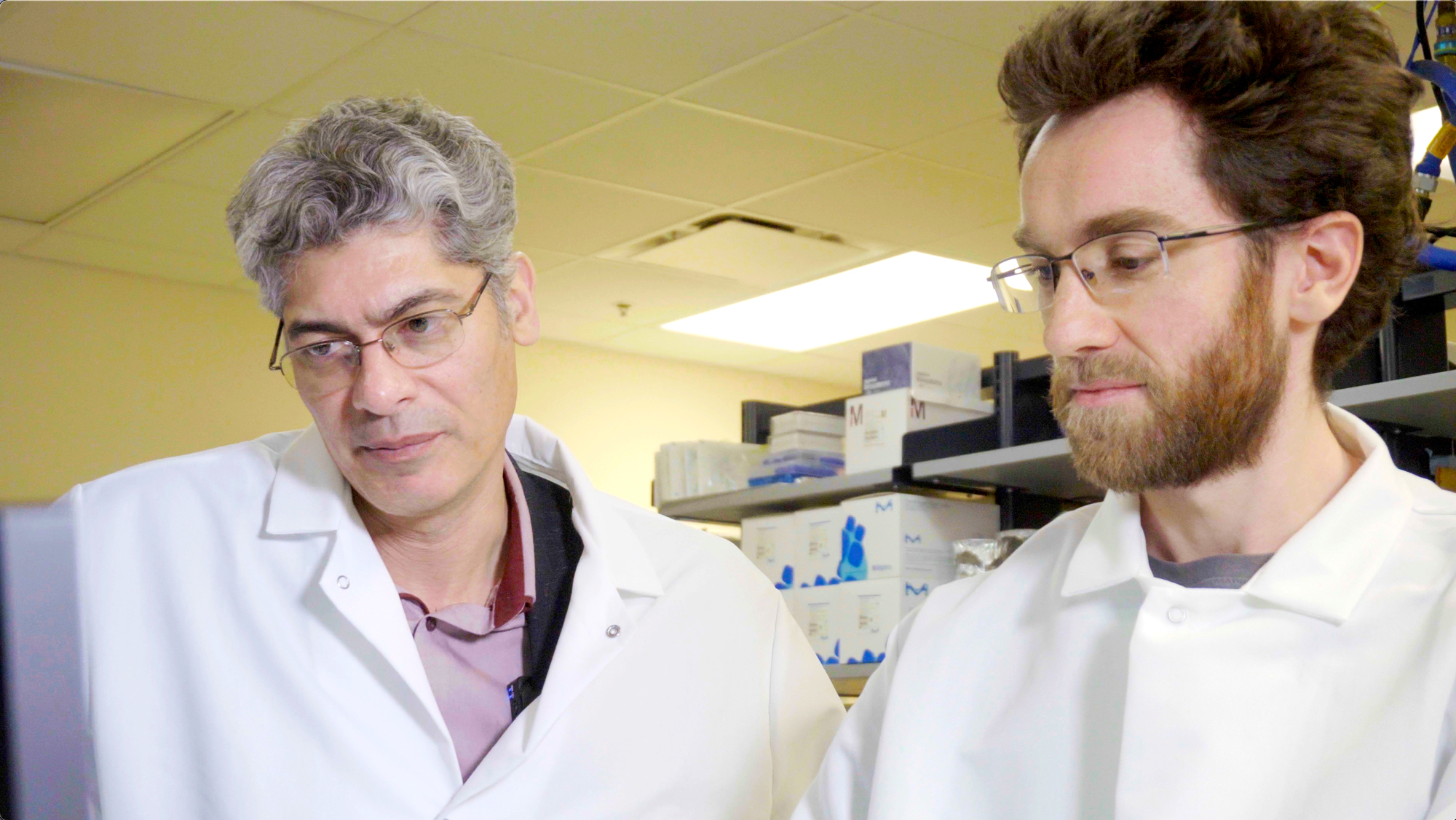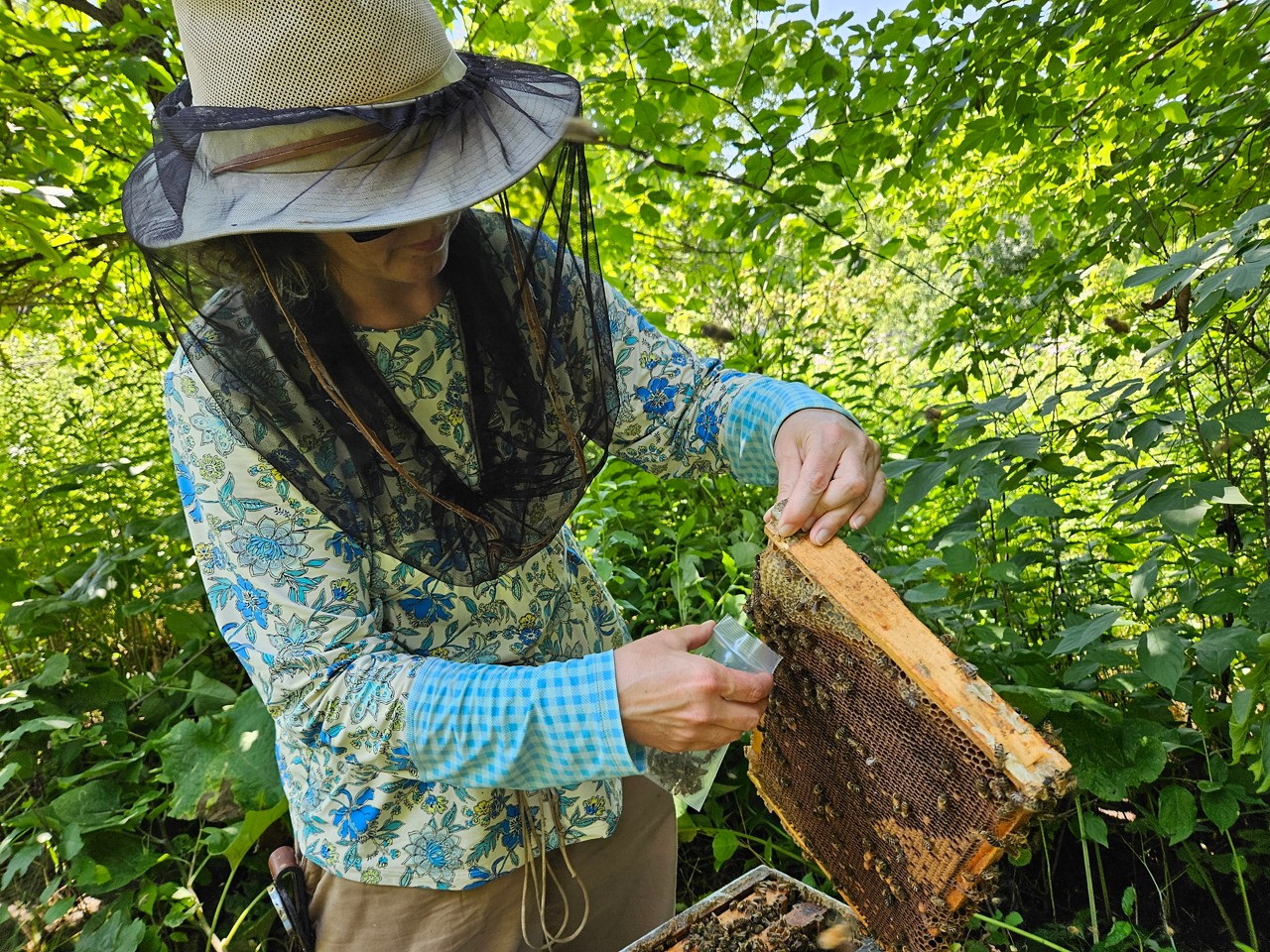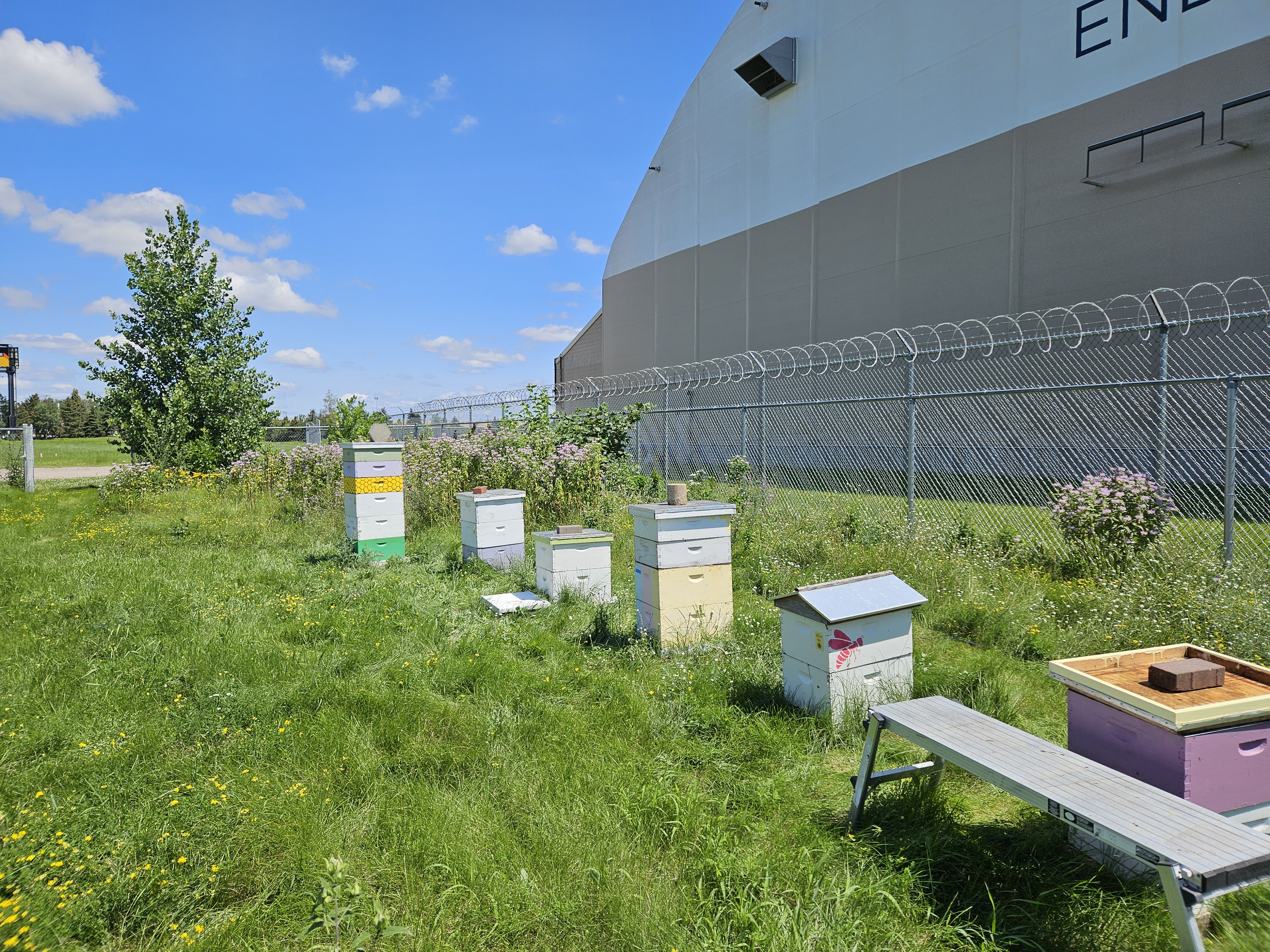By Dana D’Amico
Market Development Specialist III

Today, almost 20 years later, his lab at the University of Minnesota College of Veterinary Medicine is charting new paths in the field of bee virology with the help of next-generation lab automation enabled by Thermo Fisher Scientific. The team’s discoveries are helping both honeybee managers and native bee researchers understand the disease landscape threatening the beloved pollinators and the food systems they hold together.
The honeybee vs. DWV
Honey production aside, commercial honeybees contribute approximately $15 billion annually to the U.S. agricultural industry through pollination services. Migrating colonies pollinate a third of the American food supply, including crops like apples, berries, squashes, oranges, alfalfa, and many more.
In short, a lot relies on the honeybee.
In the winter of 2006, when entire colonies of worker bees started disappearing without a trace, it ignited a public panic. Colony collapse disorder (CCD) kickstarted an urgent global response and a new field of research and management to get it under control.
While the USDA has reported falling CCD rates in recent years, the issue is far from resolved. A 2023-24 U.S. survey of more than 1,600 beekeepers revealed the highest reported colony loss rate in a decade at 55 percent. In Minnesota, where Schroeder’s lab is based, the average was closer to 75 percent. Colony managers consider an “acceptable” loss rate to be just 20 percent.
The exact cause of CCD as described in 2006 is still unknown, but researchers now believe current colony losses to be linked to multiple issues including pesticide exposure, habitat changes, and, critically, the invasive Varroa mite and its vectored pathogen deformed wing virus (DWV).
 DWV primarily affects honeybees and is believed to be a primary factor in widespread commercial colony loss. A healthy honeybee is pictured at left. At right is an eastern carpenter bee suffering from deformed wing virus (DWV) characterized by shriveled, abnormal wings and other physical deformities.
DWV primarily affects honeybees and is believed to be a primary factor in widespread commercial colony loss. A healthy honeybee is pictured at left. At right is an eastern carpenter bee suffering from deformed wing virus (DWV) characterized by shriveled, abnormal wings and other physical deformities.
 University of Minnesota virologists Declan Schroeder (left) and study co-author Dean McKeown. Photo courtesy of UMN.
University of Minnesota virologists Declan Schroeder (left) and study co-author Dean McKeown. Photo courtesy of UMN.
“You can think about influenza. When influenza moves from a bird to a human, it usually swaps out one of its genomes – or its subgenomes – and that’s called reassortment. They recombine and actually exchange genetic material to create a new virus,” he said.
Keeping up with the “big picture” genetic landscape of a virus is vital for several reasons. Genomic surveillance ensures that diagnostic PCR tests, which rely on specific gene targets, remain accurate as viruses mutate and recombine.
As with human pathogens like SARS-CoV-2, surveillance of the entire DWV landscape also allows scientists to proactively monitor for significant emerging variants, population changes, spillover risk, and more.
Breaking away from the daily grind
Understanding bee disease at the population level can be a grind – literally.
Honeybee colony disease screening is typically a manual process involving pulverizing bee samples and extracting isolated DNA or RNA. Each sample (i.e. bee) may take a week to process. To get the data needed to understand a whole population could take months.
Schroeder saw manual processing as a bottleneck to discovery.
“If you really want an understanding of what is unfolding in real time, you can’t take six months to process samples and get the story line,” he said. “You need to get your samples processed within 24 hours. That was my target.”
 A beekeeper at the University of Minnesota Bee Lab’s Bee Squad collects a sample of 50 adult work bees from a honey bee colony. These samples are processed and analyzed for honeybee viruses. Photo courtesy of UMN.
A beekeeper at the University of Minnesota Bee Lab’s Bee Squad collects a sample of 50 adult work bees from a honey bee colony. These samples are processed and analyzed for honeybee viruses. Photo courtesy of UMN.
 The University of Minnesota’s apiary is one of the sites from which Schroeder’s team collected data for one of its studies. Photo courtesy of UMN.
The University of Minnesota’s apiary is one of the sites from which Schroeder’s team collected data for one of its studies. Photo courtesy of UMN.
This work is funded by the Environment and Natural Resources Trust Fund as recommended by the Legislative-Citizen Commission on Minnesota Resources.
*For Research Use Only. Not for use in diagnostic procedures.

